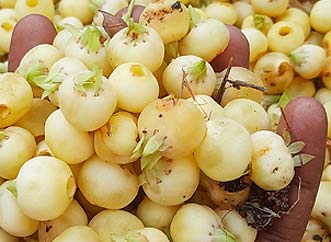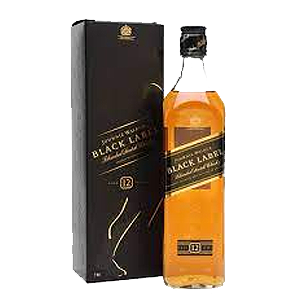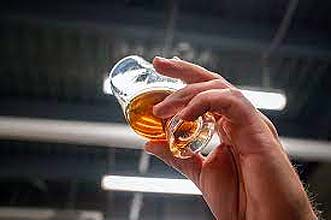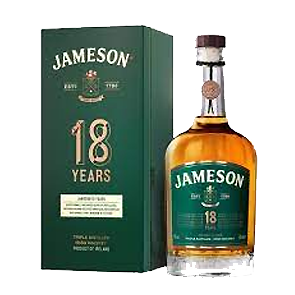
when it all started
The History of Alcohol
Nobody knows exactly when humans began to create fermented beverages. The earliest known evidence comes from 7,000 BCE in China, where residue in clay pots has revealed that people were making an alcoholic beverage from fermented rice, millet, grapes, and honey. Chemical analyses recently confirmed that the earliest alcoholic beverage in the world was a mixed fermented drink of rice, honey, and hawthorn fruit and/or grape.
The residues of the beverage, dated CA. 7000–6600 BCE, were recovered from early pottery from Jiahu, a Neolithic village in the Yellow River Valley. Again, scientists suspect the pen-tailed tree shrew is very close to our early primate ancestors. This suggests that our ability to enjoy alcohols intoxicating effects came after our desire to seek out and consume it. We started our relationship with alcohol because it made us less likely to starve to death.


 Scotch whisky is divided into five distinct categories: single malt Scotch whisky, single grain Scotch whisky, blended malt Scotch whisky (formerly called “vatted malt” or “pure malt”), blended grain Scotch whisky, and blended Scotch whisky.
Scotch whisky is divided into five distinct categories: single malt Scotch whisky, single grain Scotch whisky, blended malt Scotch whisky (formerly called “vatted malt” or “pure malt”), blended grain Scotch whisky, and blended Scotch whisky.

 Irish whiskey (Irish: Fuisce or uiscebeatha) is whiskey made on the island of Ireland. The word ‘whiskey’ (or whisky) comes from the Irish uiscebeatha, meaning water of life. Irish whiskey was once the most popular spirit in the world, though a long period of decline from the late 19thcentury onward greatly damaged the industry, so much so that although Ireland boasted at least28 distilleries in the 1890s, by 1966 this number had fallen to just two, and by 1972 the remaining distilleries, Bush mills Distillery and Old Midleton Distillery (replaced by New Midleton Distillery), were owned by just one company, Irish Distillers.
Irish whiskey (Irish: Fuisce or uiscebeatha) is whiskey made on the island of Ireland. The word ‘whiskey’ (or whisky) comes from the Irish uiscebeatha, meaning water of life. Irish whiskey was once the most popular spirit in the world, though a long period of decline from the late 19thcentury onward greatly damaged the industry, so much so that although Ireland boasted at least28 distilleries in the 1890s, by 1966 this number had fallen to just two, and by 1972 the remaining distilleries, Bush mills Distillery and Old Midleton Distillery (replaced by New Midleton Distillery), were owned by just one company, Irish Distillers.
 In Mesopotamia, the oldest evidence of beer is believed to be a 6,000-year-old Sumerian tablet depicting people consuming a drink through reed straws from a communal bowl. A 3,900-year-old Sumerian poem honoring Ninkasi, the patron goddess of brewing, contains the oldest surviving beer recipe, describing the production of beer from bread made from barley.
In Mesopotamia, the oldest evidence of beer is believed to be a 6,000-year-old Sumerian tablet depicting people consuming a drink through reed straws from a communal bowl. A 3,900-year-old Sumerian poem honoring Ninkasi, the patron goddess of brewing, contains the oldest surviving beer recipe, describing the production of beer from bread made from barley.